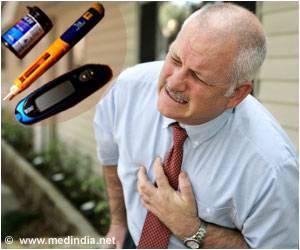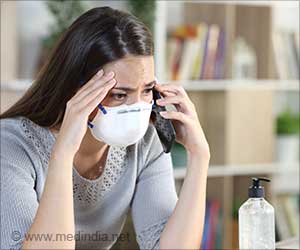
Climate serves as a critical factor in reshaping the transmission dynamics of malaria. Variations in temperature, rainfall patterns, and humidity levels profoundly impact the proliferation of malaria-carrying mosquitoes.
World Malaria Day () is observed annually on April 25, to spread awareness about the mosquito-borne disease. This year’s theme is “accelerating the fight against malaria for a more equitable world,” as many people globally have no access to quality, timely treatment, and affordable services to prevent, detect, and treat malaria.
Malaria’s Global Impact and Climate Change
According to the World Health Organization (WHO) in 2022, malaria claimed the lives of an estimated 608, 000 people worldwide and there were 249 million new cases. A 2022 Lancet study on malaria showed that an increase in temperatures could also enable the malaria parasite to develop faster and therefore escalate the transmission and burden of malaria. Even just a 2-3 degree Celsius increase could increase the population vulnerable to the disease by 5 per cent, equating to 700 million more people.
“Fresh rainfall leads to waterlogging and the accumulation of stagnant water, creating ideal breeding grounds for the female Anopheles mosquito, the carrier of malaria parasites. This period witnessed a surge in malaria cases due to increased mosquito breeding in these water bodies,” Dr Manish Mittal, Consultant Physician, Bhailal Amin General Hospital, Vadodara, told IANS.
“Early diagnosis and treatment are paramount in mitigating the impact of malaria, with heightened awareness prompting individuals to seek medical attention for fever symptoms and undergo simple blood tests,” he added. In a new study, researchers at the University of Florida showed that various mosquito and parasite traits exhibit intermittent relationships with temperature and that under future warming temperatures, transmission potential is likely to increase in some environments but could reduce in others.
The study, published in the journal Nature Communications, also suggests that parasites can develop more quickly at cooler temperatures and that the rate of parasite development might be less sensitive to changes in temperature than previously thought.
“The primary solution lies in avoiding construction sites and ensuring stagnant water is promptly cleared, especially at construction sites. Additionally, households should discard items that collect water, such as pots and old tires, and cover themselves while travelling,” Dr Rajeev Boudhankar, Medical Director, Holy Family Hospital, Mumbai, told IANS.
Advertisement
Dr Manish also emphasized employing personal protection methods such as insect repellents and mosquito nets.
Reference:
- World Malaria Day – (https://www.who.int/campaigns/world-malaria-day/2024)
Source-IANS



